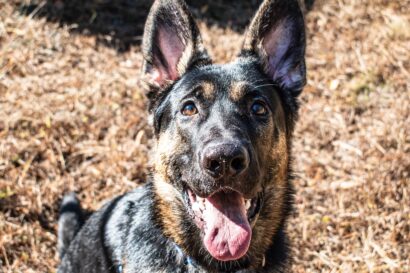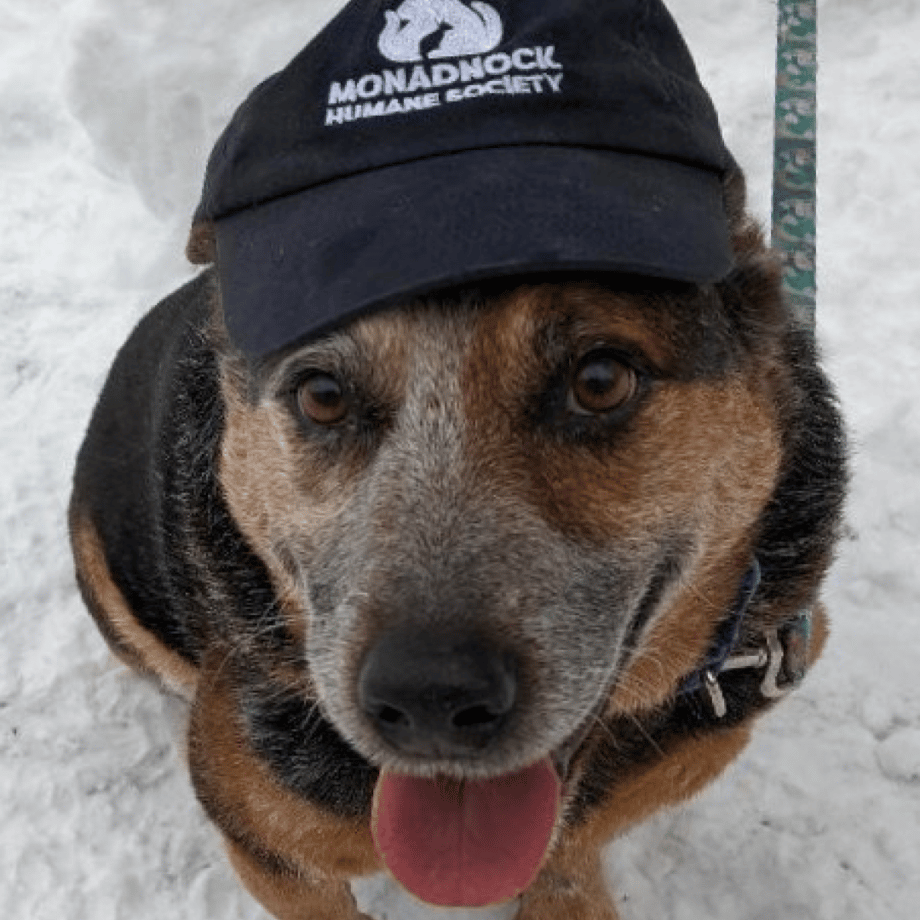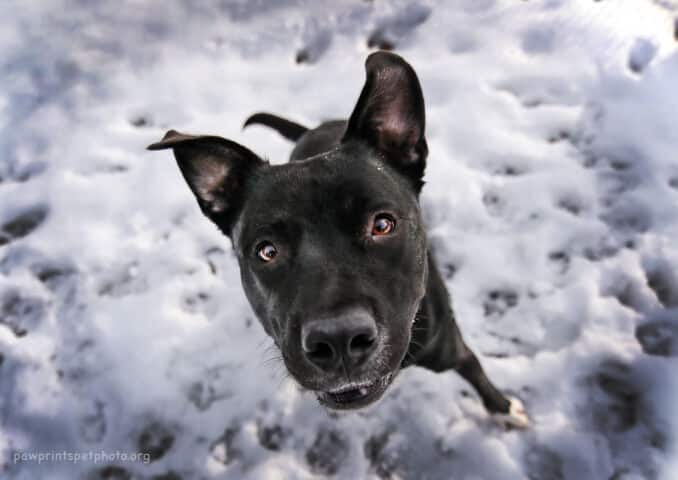
With extreme cold weather arriving this week it is imperative that we keep our pets safe. A good rule of thumb is if it is too cold for you to stay out, it is probably too cold for them.
Let’s start by busting a few myths.
- Adding blankets to a dog house will keep them warm: In actuality this is more detrimental than helpful. It may make the bottom a little more comfortable, but it does not help to insulate against the cold. Imagine if you built a new home with no insulation but you have wall to wall carpet, so it must be ok. The same line of thinking applies to putting a blanket in a cardboard box for your outdoor kitty, its simply not enough when temperatures are dropping this low.
- My dog is a (fill in cold weather breed), they prefer this kind of weather: Although many breeds do like things on the cooler side, they are most likely not acclimated to sub teen temperatures. Bernese Mountain Dogs, German Shepherds, St. Bernards, Newfoundlands, and The Great Pyrenees are just a few of the breeds that seem unphased by the cold. They may last a bit longer than your neighbors’ Chihuahua but if they have been living in the warmer temperatures the shock of the dropping mercury may be too much for them to handle.
- Dogs need less water in the winter: The winter and colder weather actually causes the air to be drier. Dogs will then loose more moisture through breathing and especially panting than they do in the summertime. So they may not be as hot, dogs actually need just as much, if not more, fresh water in the winter. Leaving a pet outside in below freezing temperatures greatly limits their sources of fresh drinkable water.
What Should You Do?
- Let them in! First and foremost, the best thing you can do is allow your pets inside for the coldest times. If this is something you are unable to do, please contact MHS at 603- 354-4004 for more information on our emergency ASN program. Or contact a local boarder or doggy daycare for assistance.
- Keep them dry: When they do come in make sure to dry your pets’ paws and belly. Ice can cling to their fur and between their toes causing irritated or even frostbitten skin. Or they may get a piece of rock salt trapped which can also cause irritation.
- Treat the feat: Before letting them out or taking them for a walk, rub petroleum jelly or a pet paw wax on their pads and between the toes. There are a number of great pet safe products for this application; Musher’s secret, Natural Dog Company PawTection, or Paw Balm, just to name a few.
- Grooming, but not bathing: Full on bathing to keep your pet clean and smelling pleasant may seem like a great way to remove dirt and ice from your dog or cat. However, in the colder dry air baths may end up leading to dehydration. It’s best practice to brush out knots and spot clean with a damp cloth. This will help keep them having exposed skin and stimulate cells to keep the skin naturally moisturized.
- Hydrate: keep plenty of clean water accessible for your pets all day long. Again, the dry air can cause dehydration, which also leads to more susceptible skin.
- Beware of chemicals: One of the biggest dangers this time of year is the chemicals used by humans to deice. Antifreeze and windshield washer fluid are both extremely toxic to dogs. Oddly it has a bit of a sweet smell and taste making it attractive to many canines and felines alike. Even small amounts can permanently damage your pets’ kidneys or even their brain. For those who allow their pets in the garage, please make sure there are none of these or other toxic chemicals accessible.
If you think your pet may have ingested antifreeze or another potential toxin, contact your veterinarian or the ASPCA Animal Poison Control Center at 1-(888)-426-4435 immediately.
Most forms of ice melts are dangerous to your pets. Sodium chloride (rock salt), Potassium Chloride, Magnesium Chloride, and all Calcium salts (calcium carbonate, calcium chloride, and calcium magnesium acetate) are all dangerous to consume. And while animals generally do not seek out the salty taste, it may get onto their paws, or the melting may create an enticing puddle to drink from. Calcium salts are the most hazardous causing the most severe irritants of all the ingredients in ice melts.

Frostbite Happens to Pets as Well!
Our furry friends are not immune. Some may have thick coats of fur and heavily callused paws but this is not complete protection. The most common areas for dogs to get frostbite are actually their ears and tips of their tails. It is also possible to have noses, paws, lips, bellies, and any other area that may get wet become susceptible to frostbite. The clinical signs associated with frostbite include (but are not limited to):
- discoloration of the affected area of skin, often pale, gray or bluish.
- coldness and/or brittleness of the area to the touch.
- pain (flinching and whining) when you touch the area.
- swelling of the area.
- blisters or skin ulcers.
- areas of blackened or dead skin.
What to do: If you suspect your dog has frostbite, immediately seek medical attention.
Interim first aid suggestions include:
Move your dog to a warm, dry area as quickly and as safely as possible.
- DO NOT rub or massage an affected area.
- If you are outdoors, DO NOT warm a frostbitten area if you cannot keep it warm. Returning to cold exposure will increase damage to the tissues. You may carefully warm an affected area with WARM (NOT HOT) water approximately 104 to 108°F (40 to 42°C). If the water is too hot, it may cause more damage. You may apply warm water compresses or soak an affected area in a bowl of warm water.
- DO NOT use direct dry heat, for example heating pad or hair dryer. After you have warmed the area, gently dry carefully and thoroughly.
- DO NOT rub your dog with the towels, this can cause the area to become more irritated or damaged.
- DO NOT give pain medication unless specifically instructed to do so by your veterinarian. While on your way to your Veterinarian’s office wrap your pet in a towel or blanket that you toss in the dryer for just a few minutes to warm.
If your dog is suffering from hypothermia, a low core body temperature, treat the hypothermia first. (Symptoms include: shivering, confusion, stumbling, and sluggishness). Slowly raise their body temperature by wrapping them in warm dry towels or blankets.
Who to Contact?
Here at MHS we have several programs and services that could help you and your furkids during dangerous weather conditions. Through our Animal Safety Network we can temporarily foster your pets through the difficult time at no cost to those in need.
The MHS Boarding and Daycare facility has limited space especially on short notice, but sometimes cold weather causes cancellations, so please call and inquire about any openings.
Get help for animals:
MHS Animal Safety Net call us at (603) 354-4004
Get help for humans:
Hundred Nights Shelter and Offices – (603) 352-5197
Monadnock Peer Support – (603) 352-5093
City of Keene Human Services office – (603) 357-9809


